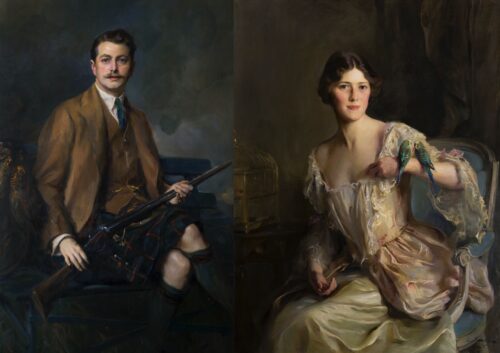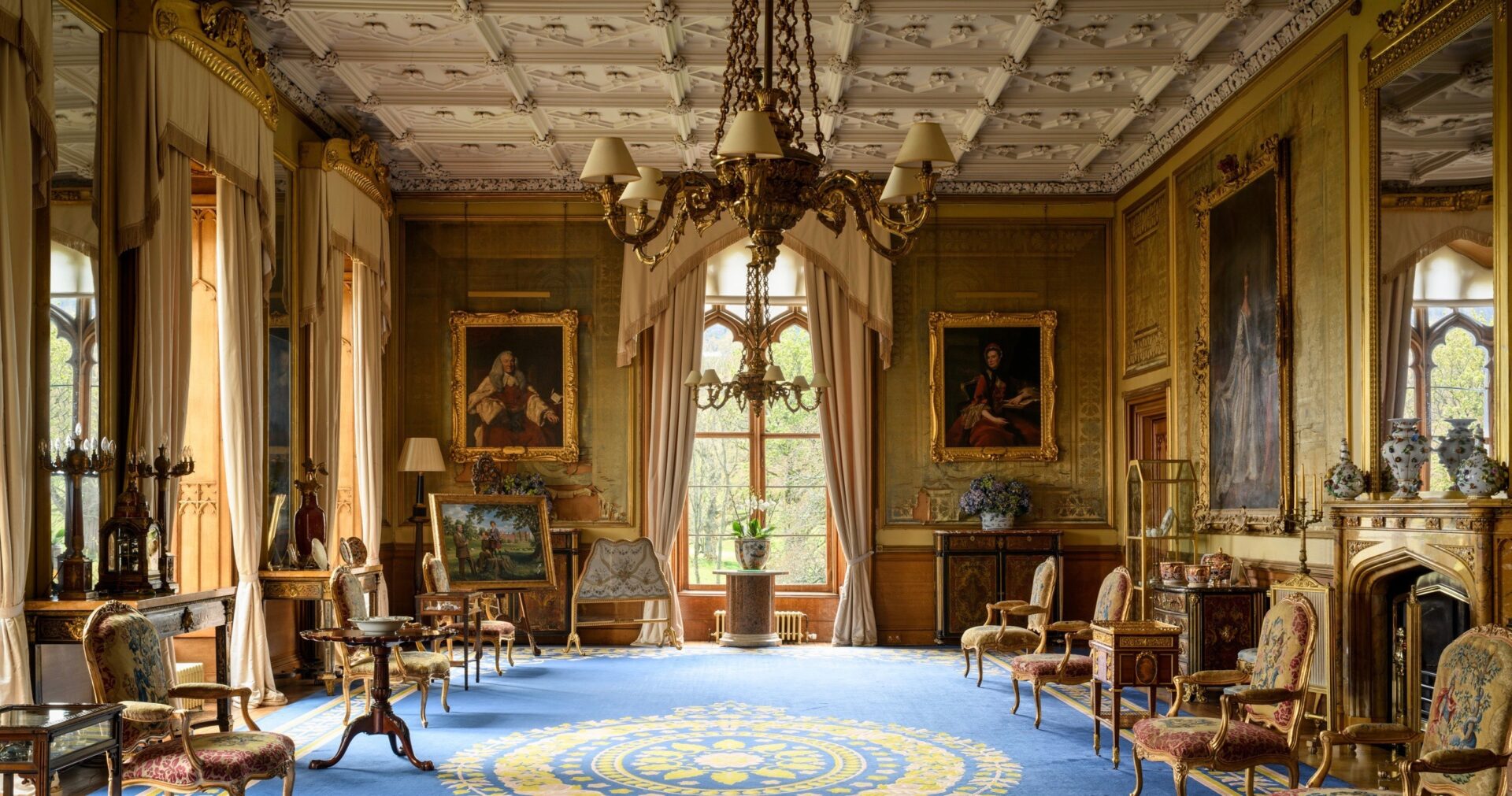The Murray clan
Their forefather was Freskin de Moravia, a 12th century Flemish nobleman who was granted land in the area east of what is now Inverness. This region came to be known as Moray or Murray. From Freskin are descended both the Earls of Mansfield and the neighbouring Dukes of Atholl.
The 1st Viscount
In 1600, the Gowrie family’s misfortune became their good fortune. As a result of the Gowrie Conspiracy, Sir David Murray not only received the lands of Scone Abbey but also, shortly after, the title Lord Scone.
In 1621 he was made Viscount Stormont, but he died without children and a complicated settlement allowed the titles to pass to another branch of the Murray family, who had recently been created Lord Balvaird. In 1658 they also took on the titles of Scone and Stormont.
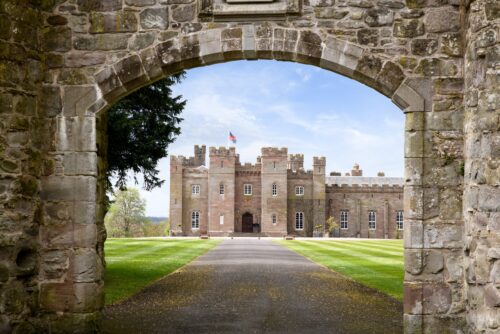
The Jacobites
The Jacobite risings of 1715 and 1745 were turbulent times for many Scottish families. The 5th Viscount Stormont, who had declared his opposition to the Treaty of Union, played host to the Old Pretender for three weeks at Scone in 1715, for which he was later fined and jailed along with his son David, the 6th Viscount. Undeterred, David’s sisters entertained the Young Pretender at Scone thirty years later during the Jacobite rising of 1745. His younger brother James, meanwhile, had become one of the Young Pretender’s closest advisers in exile, being created Jacobite Earl of Dunbar in 1721.
The Earldom & the 1st Earl
But the most famous of this generation of Murrays was another brother, William, who rose from the English Bar to become Lord Chief Justice and one of the greatest of 18th century British judges. Famous for his oratory, the ‘silver-tongued Murray’ is known for having reformed court procedure and developed commercial law to keep pace with the expansion of the British empire.
He was also known for ground-breaking and often unpopular judgements, such as his declaration that slavers had no rights over their slaves on English soil. During the Gordon Riots of 1780, the mob singled him out for his even-handed treatment of Quakers and Catholics and burnt down his house in Bloomsbury, then marched on Kenwood House in Hampstead, which he had bought from the 3rd Earl of Bute in 1754. The rioters were dispersed and the house eventually remained in the family until 1922.

The 2nd Earl
William Murray was created Earl of Mansfield in Nottingham in 1776 and, again for complicated reasons of succession, Earl of Mansfield in Middlesex in 1792. He died in 1793 without an heir and was succeeded by his nephew, the 7th Viscount Stormont (left), who by then had retired following his own brilliant diplomatic career as ambassador, first to Vienna and later to Paris. The 2nd Earl’s many friends included Queen Marie Antoinette whom he first met when she was a girl in Vienna, and later in Paris as the wife of Louis XVI.
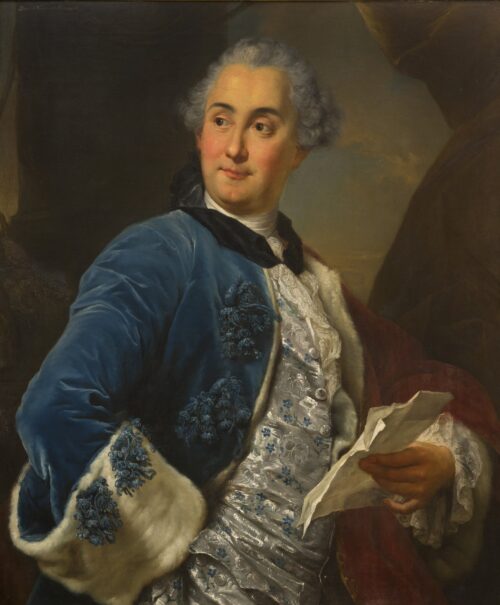
The 3rd & 4th Earl
The 3rd Earl’s interests lay more in architecture and landscaping than statesmanship. In 1802 he employed the architect William Atkinson to begin the huge task of converting Scone into a gothic palace. His son, the 4th Earl (right) made a promising start in public life but all but abandoned it on the death of his young wife after only eight years of marriage. He nevertheless lived to the age of 92 and ended up as Father of the House of Lords.
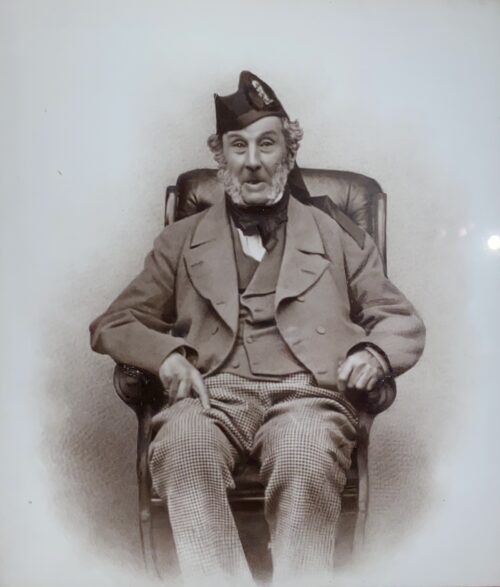
Recent Earls
More recently, the 7th Earl (left, with Countess of Mansfield, Dorothea) enjoyed a political career as Member of Parliament for Perth before inheriting the earldom in 1935. His son, the 8th Earl of Mansfield, began his career as a barrister, before turning like so many of his forebears to politics. In 1973 he became one of the first British members of the European Parliament. In 1979 he was appointed Minister of State for Scotland and in 1983, Minister of State for Northern Ireland. In 1985 he left active politics to take up the post of First Crown Estate Commissioner.
The current Earl, the 9th Earl of Mansfield, is married. He and the Countess of Mansfield have four children.
